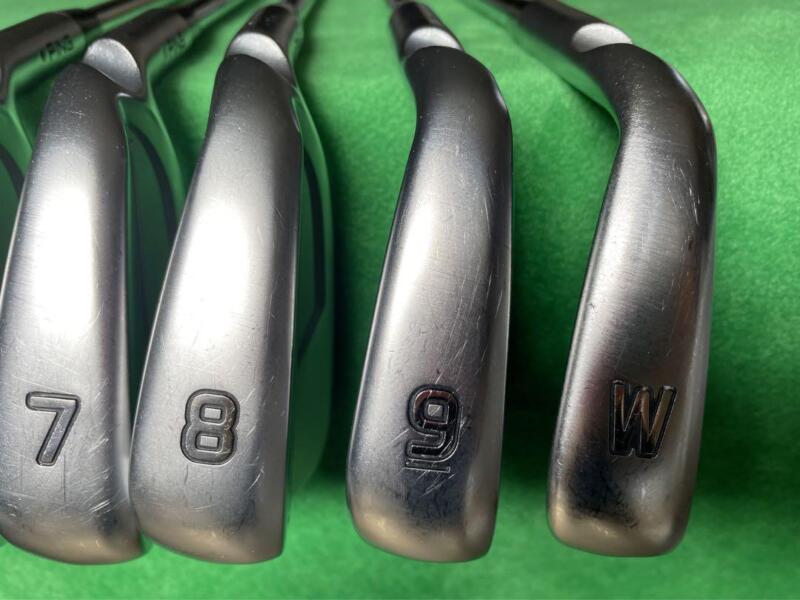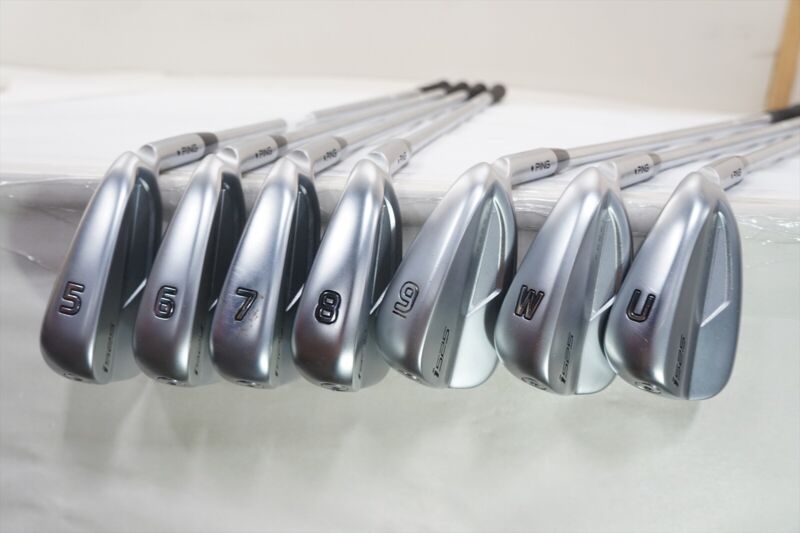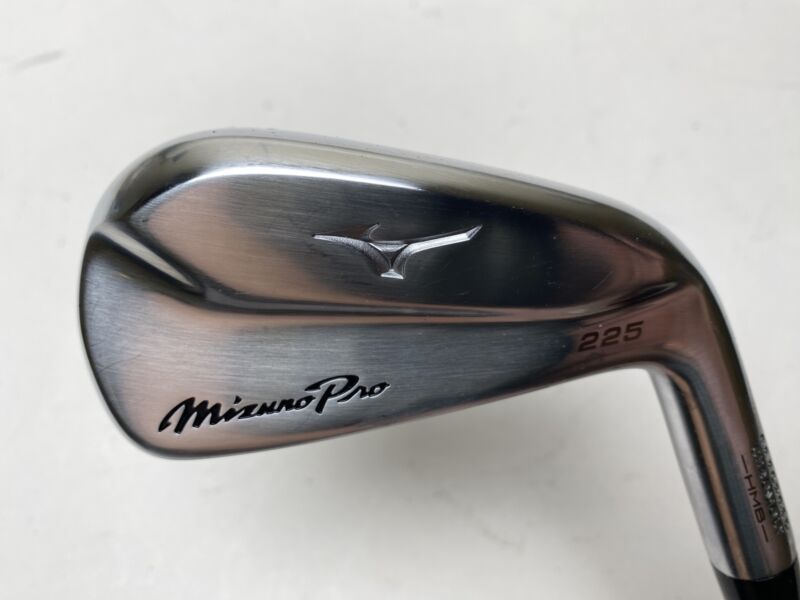Ping i525 vs. Mizuno 225: Which is Better?
Different levels of golfers require different iron requirements. The golf industry is excellently availing different sets of irons that cater to a wide range of handicappers.
Golf manufacturers steadily provide players with distance irons for golfers seeking these options.
Mizuno and Ping are two reputable irons that fall into this category, with their player distance irons some of the best in the industry.
As such, players often compare the irons to determine the one that fared better.
We’ve put their respective best player distance irons: Mizuno 225 and Ping i525, against each other to determine the one with the best features.
If you find this interesting, follow along.
Overview
These brands are reputable brands that have been operating for decades.
While Mizuno irons are known for their premium feels and looks, Ping provides forgiveness, distance, and innovative custom fitting.
The Ping i525 iron is an upgrade to the famous i500 irons.
It’s a set of forged player’s performance irons that combines the feel and look of the i59 iron with the swift launch and forgiveness of the G425.
It has a forged, maraging steel face and a stainless steel body.
This iron plays surprisingly long and features some innovative technology that helps deliver exceptional performances.
It features Variable Thickness Technology, providing a thinner and improved dynamic face structure.
The Polymer inserted into the inside of the face helps enhance sound and feel without sacrificing much ball speed.
The iron also features Tungsten Weights in the shaft tip and toe, which expand the perimeter weighting to offer improved distance and accuracy.
The Internal Sole Undercut also enables more face flexing, thereby assisting in launching the shots higher and faster.
Similarly, the Mizuno Pro 225 iron features a matte-material hollow construction through the 8-iron.
It has a Grain Flow Forged 4135 Chromoly, copper underlay, full satin brush finish, and increased Tungsten Weighting in the longer irons to provide launch and forgiveness.
The forged face features a Variable-Thickness design to enhance ball speed.
This iron combines more distance, and the premium Mizuno feels for golfers.
It’s the most forgiving iron in the Mizuno Pro series and is an upgrade to the MP20 Hot Metal Blade.
Generally, the short and long irons are built from different materials. Special Mild Carbon steel is used to construct the short irons (9-PW), while Chromoly is used for the long ones (2-8).
Features of Mizuno Pro 225 irons
- Great feel and look of traditional Mizuno iron
- Multi-forged construction, providing golfers with precise performance
- Game-improvement performance
- Made with premium materials
- Copper underlay to improve sound and feel
Features of Ping i525 Irons
- Excellent players profile
- Long and forgiving player distance iron
- Exceptional feel and sound
- Towing distance
Ping i525 vs. Mizuno 225: Differences

The Ping i525 and Mizuno Pro 225 irons are excellent, with exceptional features and similar vital technologies, but their differences are noticeable.
Let’s compare them using the factors below:
Length
Both sets of irons vary in length options. The Mizuno 225 has a .25 inches (quarter-inch) length option shorter than the Ping i525.
However, it does not make much difference in the overall performance. Besides, both irons don’t exceed the USGA requirement of 46 inches.
Loft
The loft options available for both sets of irons also differ.
The Mizuno 225 irons loft options range between 16.5° and 49° while the i525 options range from 18° to 50°.
It means there’s about a 1°-1.5° difference between them.
As such, golfers who use the 50° loft option will find the i525 iron more suitable, while the 225 iron will be ideal for players who use below the 18° loft option.
Lie
The lie option is another significant difference between the two sets of irons as there’s about 1-degree lie degree between the two.
The i525 ranges between 60-64° while the 225 ranges between 59-63°.
Total Clubs
The total number of clubs significantly differs between the two irons, and the Mizuno 225 iron has a slight edge here.
It comes with ten clubs, while the i525 has only nine clubs.
The extra club in the Mizuno 225 iron is the 2-iron, making this iron perfect for golfers who use this particular iron.
Price
Both irons are more expensive than others within the same category, but when compared, the Mizuno 225 iron is cheaper as it provides better value for money.
Ping i525 vs. Mizuno 225: Which is Better?

Both brands are known for producing premium irons, and these wedges well-represented them.
Both are excellent players’ distance irons with striking looks, feel, and performance.
Generally, the Mizuno 225 has a better look and profile than the i525 iron and most other irons in the category.
They also provide more forgiveness for players who are working on their consistency. However, the better one will depend on specific skill sets.
The Mizuno 225 irons are designed for mid to low handicappers but are versatile enough to cater to a wide range of golfers.
Beginners with considerable skills or low handicap players seeking distance irons can use the 225 iron.
You can use the combo set if you want workability in the lower irons and forgiveness in the longer ones.
The i525 irons are excellent for players with decent skills who desire more help in the striking ball area without upgrading to chunky game improvement irons.
They are great for mid to low-handicap players seeking a compact profile with forgiveness and extra distance.
Related Posts:
- Ping i525 vs i210: What Are the Differences?
- Best Shaft for Callaway Mavrik Driver
- Ping i210 vs iBlade: What are the Differences?

Want to Get Better at Golf?
Get "Ben Hogan's Five Lessons" and join thousands of others improving their golf skills.
Learn the Fundamentals: Stance and Posture > Golf Grip > The Swing.
This book has LOADS of positive reviews. THOUSANDS OF REVIEWS. A MILLION COPY SOLD. CHEAP!
Get the Book Here
